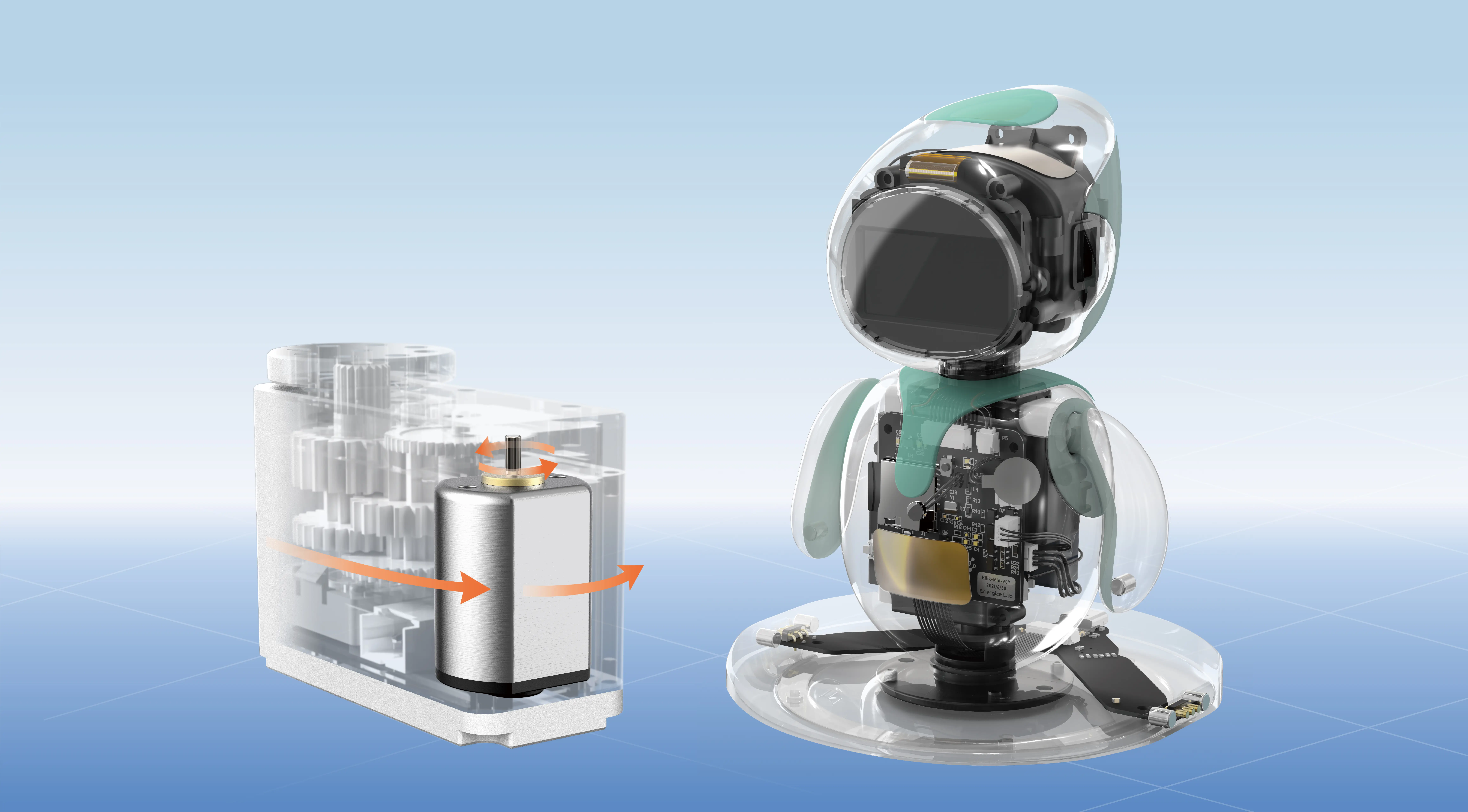In the world of automation and precise motion control, few components have revolutionized the landscape as profoundly as the stepper motor and its accessories. Among these, the NEMA 23 stepper motor stands out, renowned for its power, versatility, and compact design. When paired with a carefully selected gearbox, this combination becomes an even more formidable tool — unlocking new possibilities across myriad industries. But what exactly makes NEMA 23 stepper motor gearboxes so compelling? Let’s explore this fascinating synergy and why it is transforming the future of mechanical control.

First, a quick refresher. The term “NEMA 23” refers to a standardized motor mount size, approximately 2.3 inches square, used widely in the automation realm. These motors are known for delivering a good balance of torque, speed, and efficiency, fitting comfortably into applications where space is at a premium but power cannot be compromised. Whether embedded within 3D printers, CNC machines, medical devices, or robotic arms, the NEMA 23 motor offers a level of performance that makes it a favorite among engineers and hobbyists alike.
However, real-world applications demand more than raw power. They require precision, control, and often, a reduction in speed to garner finer, more exact movements. Enter gearboxes. When attached to a NEMA 23 stepper motor, a gearbox acts as a sort of mechanical translator — reducing the rotation speed while amplifying torque. Think of it as a dance partner who slows down the steps but makes each move more pronounced and controlled. This ability to fine-tune output parameters is key to many high-precision tasks, from delicate assembly lines to intricate artistic installations.
One significant advantage of choosing a gearbox with a NEMA 23 motor is customization. Gearboxes come in various gear ratios — typically ranging from 5:1 up to 1000:1, depending on the application's demands. A higher ratio means more torque and slower movement, ideal for tasks requiring meticulous positioning, while a lower ratio can deliver faster, yet still more controlled, motion. This versatility empowers engineers to tailor their systems precisely for each task, ensuring optimal performance without overhauling entire mechanical designs.
Another aspect worth highlighting is the construction of these gearboxes. Most NEMA 23 stepper motor gearboxes are built with durable materials like aluminum, steel, or stainless steel. This not only provides strength and longevity but also contributes to the overall stability of the system. With high-quality gearboxes, backlash (the slight movement of gears that can cause positional errors) is minimized, ensuring smoother operation and higher accuracy — critical features in fields like medical imaging or micro-assembly.
The integration process is remarkably straightforward. Because NEMA 23 stepper motors conform to standardized mounting patterns, attaching a gearbox is typically a matter of securing it with appropriate fasteners. Many manufacturers provide pre-assembled units, combining the motor and gearbox as a single, ready-to-install module. This plug-and-play approach accelerates deployment and reduces setup complexities. Additionally, these assemblies often feature interfaces compatible with various control systems, from simple microcontrollers to advanced industrial PLCs, making them highly adaptable to existing infrastructure.
Yet, despite these advantages, choosing the right gearbox isn’t a matter of simply picking the most powerful or the slowest model. Factors such as the application's load requirements, desired precision, environment, and budget all influence the ideal selection. For example, delicate applications like camera focus or laboratory instruments benefit from gearboxes with minimal backlash and high positional accuracy, while heavy-duty industrial tasks may prioritize robustness and high torque capacity.
In the upcoming second part, we'll delve deeper into specific applications demonstrating how NEMA 23 stepper motor gearboxes are enabling groundbreaking innovations. We will explore case studies across robotics, manufacturing, and artistic installations, highlighting real-world examples of their transformative impact. Plus, we’ll look into the latest technological advancements, such as integrated gearboxes with built-in sensors and smart features, shaping the future of motion control.
Kpower has delivered professional drive system solutions to over 500 enterprise clients globally with products covering various fields such as Smart Home Systems, Automatic Electronics, Robotics, Precision Agriculture, Drones, and Industrial Automation.




































